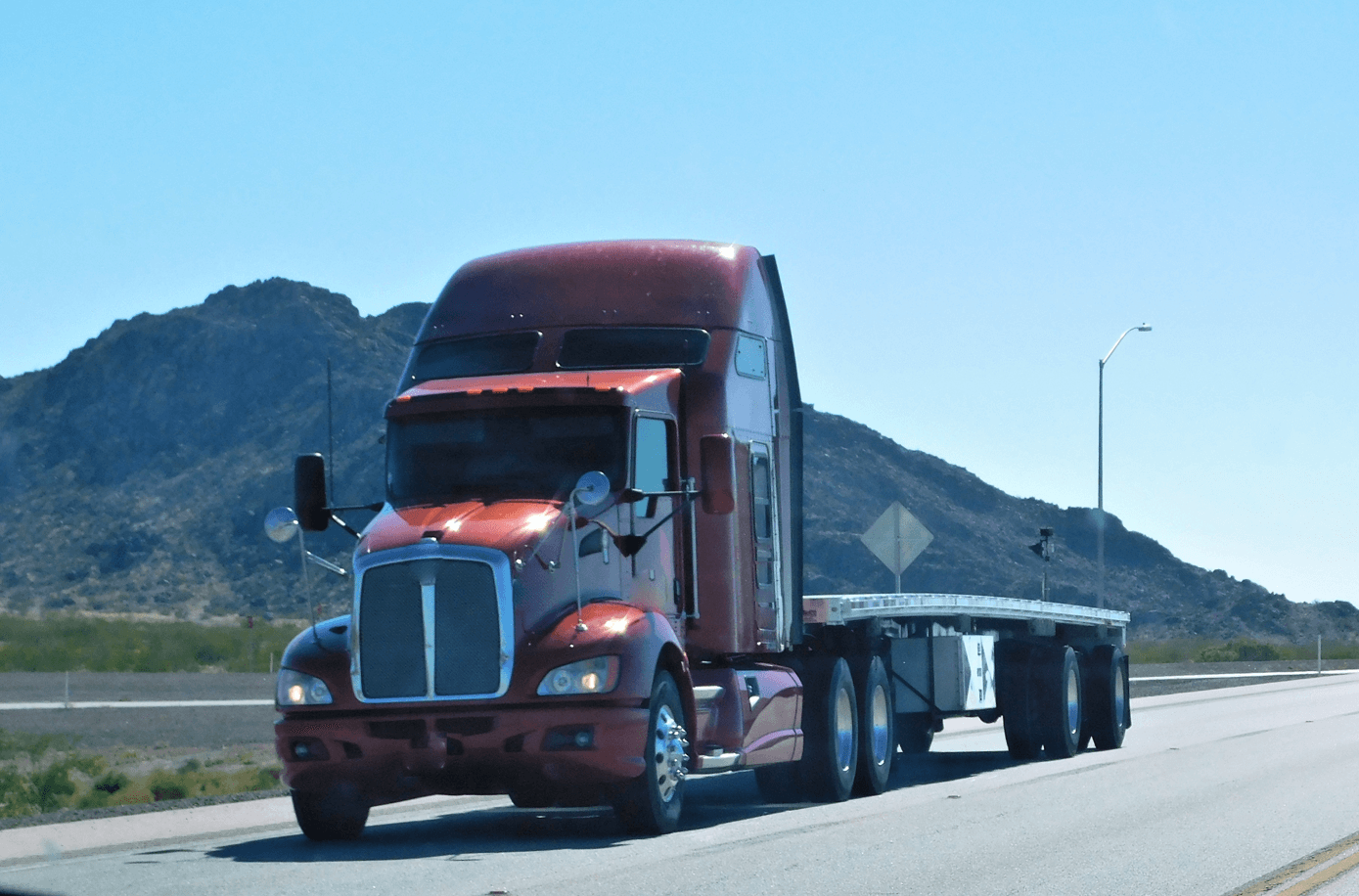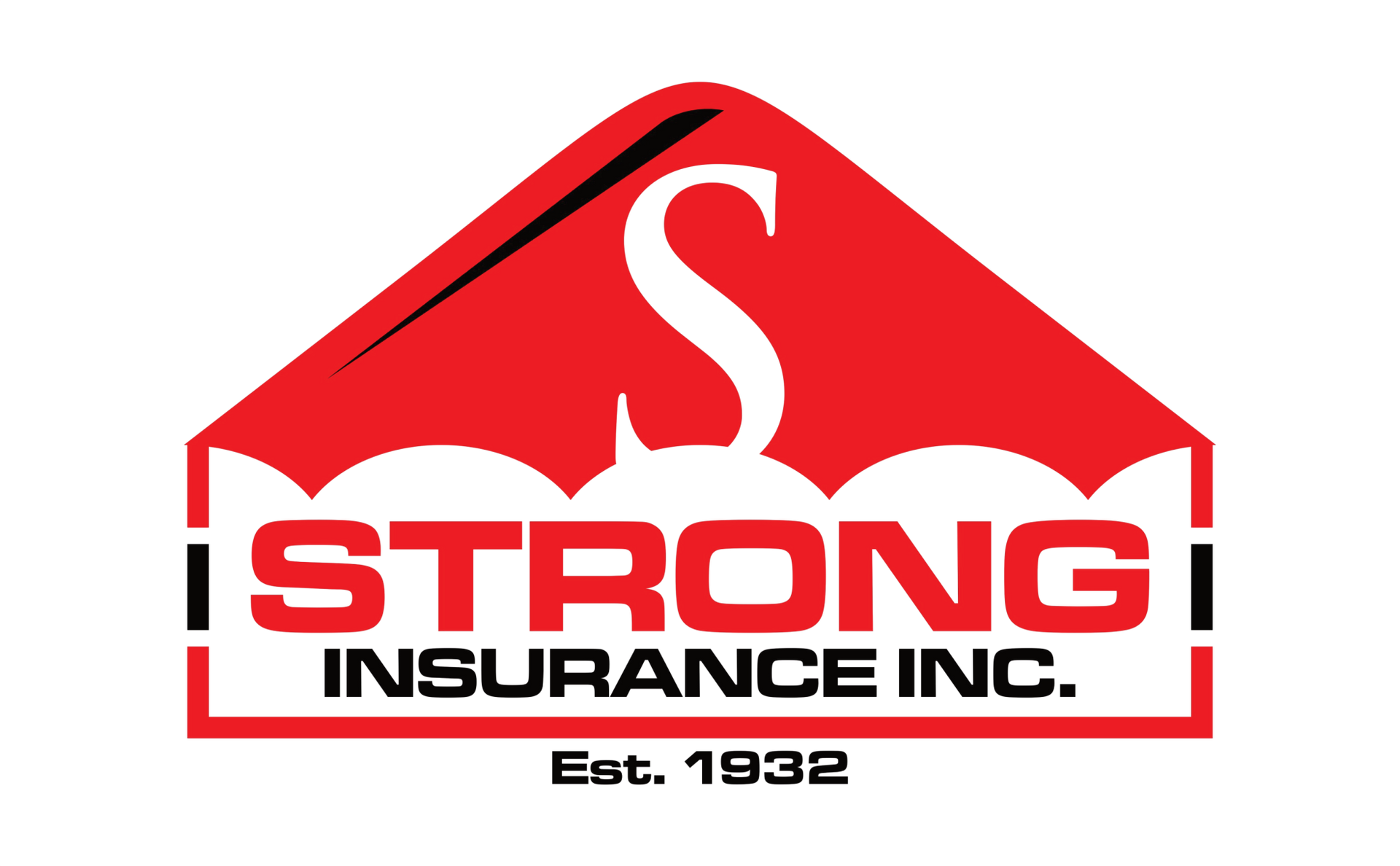
What is an MCS-90?
The MCS-90 is an endorsement in the sense that it is physically attached to the motor carrier’s policy. However, it is not a typical endorsement for the following three reasons. The insurer is not permitted to modify the wording of the MCS-90, a form promulgated by the USDOT. The MCS-90 does not modify the policy’s coverage. The MCS-90 mandates payment by the insurers in response to a final judgment, even if the motor carrier policy to which it is attached does not cover the loss. The endorsement complements the Form BMC-91/91X—Motor Carrier Automobile Bodily Injury and Property Damage Liability Certificate of Insurance (certificate of insurance), filed on behalf of most authorized motor carriers by the insurer.
What is a BMC-91 (or BMC-91X) Filing
In order to secure operating authority as a for-hire motor carrier in interstate commerce, a trucker must, among other requirements, demonstrate to the FMCSA that it is financially responsible and thus able to respond to claims for bodily injury, property damage, and environmental restoration. The requirement is ongoing. Regulations promulgated by the secretary of transportation set out the financial security requirements for different classes and types of carriers. If the motor carrier allows its proof of responsibility to lapse, then its operating authority is revoked by the FMCSA. Motor carriers are offered the following three different ways to establish financial security. 1.Qualify as a self-insurer. 2.Surety bond. 3.Insurance
Qualify as a Self-Insurer
One option currently in use by only a handful of carriers is to convince the FMCSA that they are in a sufficiently good financial condition to qualify as a self-insurer. This is not quite the same as self-insuring or having a large deductible or self-insured retention on one’s policy, which are various risk financing strategies. Instead, this involves a certification by the FMCSA that the motor carrier has access to liquid assets and has a net worth or other sources of funds that demonstrate an ability to meet its statutory obligation to the public to indemnify claimants for any loss. 23
Surety Bond
A second option for the motor carrier is to secure a surety bond known as Form MCS-82—Motor Carrier Public Liability Surety Bond under Sections 29 and 30 of the Motor Carrier Act of 1980. The bond must be issued by a licensed or admitted surety company that the FMCSA considers to be financially sound.
Insurance
The vast majority of motor carriers use the third option, which involves arranging with the insurer that is providing the motor carrier’s auto liability coverage to file a certificate of insurance with the FMCSA. The issuing insurer certifies that it has issued insurance to the motor carrier beginning at a certain date and in a specified amount. This certificate is a form created by the US Department of Transportation (USDOT) and known as either Form BMC-91—Motor Carrier Automobile Bodily Injury and Property Damage Liability Certificate of Insurance or Form BMC-91X—Motor Carrier Automobile Bodily Injury and Property Damage Liability Certificate of Insurance. (A copy of both forms appears in the Appendix to this course.) The difference between Form BMC-91 and Form BMC-91X is that the BMC-91 reflects proof of financial security from a single insurer for the full security limits required, while the BMC-91X offers the insurer the option to share the exposure with another insurer. The FMCSA permits the proof of financial security to be filed by two or more insurers.
Interaction of the BMC-91 Filing and the MCS-90 Endorsement
The filing (the BMC-91 or BMC-91X) that the insurer makes with the FMCSA and the MCS-90, which is attached to the policy, complements one another in most cases. It is the BMC-91/91X filing that provides proof of insurance that the motor carrier needs to secure and maintain its authority; the filing is also tied into the USDOT Licensing and Insurance website, which allows members of the public access to basic information about the motor carrier, including identifying which insurer has a filing in place on any particular date. The insurer that has made a filing is generally the same insurer that has a policy in effect on that date. On occasion, through oversight or miscommunication, an insurer leaves its filing in place after its policy has terminated.
What Triggers the MCS-90 Endorsement?
With liability insurance, a coverage trigger is the event that must occur before the policy applies to a given loss. Under an occurrence policy, the occurrence of injury or damage is the trigger; liability losses will be covered under that policy if the injury or damage occurred during the policy period. Under a claims-made policy, the making of a claim triggers coverage. Form MCS-90-Endorsement is not a typical liability policy. Multiple factors must be met to trigger the MCS-90 form. Lets review trigger and non-triggers below.
Triggers
- A “final judgment” must be entered against the named insured motor carrier.
- The judgment entered against the named insured must be for “public liability”.
- There must be an absence of coverage within the base insurance policy to which the MCS-90 is attached.
- The “public liability” judgment entered against the named insured must result from negligence in the operation of vehicles subject to the financial responsibility requirements of the 1980 Motor Carrier Act.
Non-Triggers
- A loss takes place anywhere outside the United States, even if the goods being hauled originated in or were bound for a location in the United States.
- If the particular trip at issue was intrastate only in its scope.
- The goods are not moving under the named insured’s motor carrier’s US Department of Transportation (USDOT) authority.
- If the injury is to the insured’s truck driver.
- If the injury/damage was to property transported by the insured designated as cargo.
Summary
While seemingly complex having a knowledgeable insurance agent or compliance team in your corner and alleviate your concerns. Understanding these components is crucial for motor carriers, insurers, and regulatory compliance, navigating the complexities of liability coverage and financial responsibility. Follow Strong Insurance on Facebook for more compliance and education blogs. Next we will cover forms E & F amongst others.
The Next Step Is Easy, Call Us 308-430-1953
You have Questions, we have answers
Get a Quote
Strong Insurance
Our Mission: Our mission is to provide insurance coverage and share moments with you that lead to a long-lasting and trustful relationship.
Our Promise To You: We promise to be there for you at any moment educating you, answering questions, and providing the best service.
Our Vision: Our vision is to educate, protect, and provide excellent human-to-human service through a trusted business brand.
Helpful Links
© 2023 Strong Insurance All Rights Reserved
